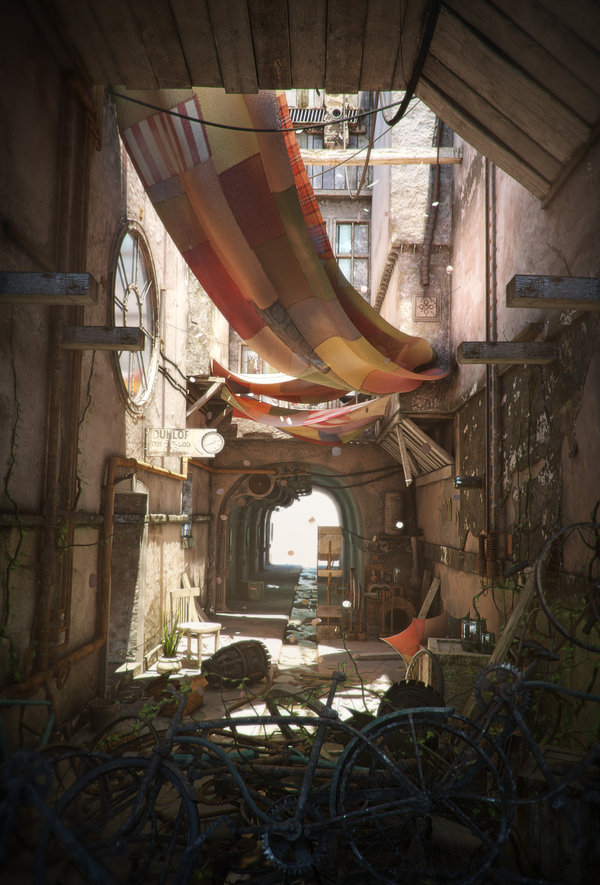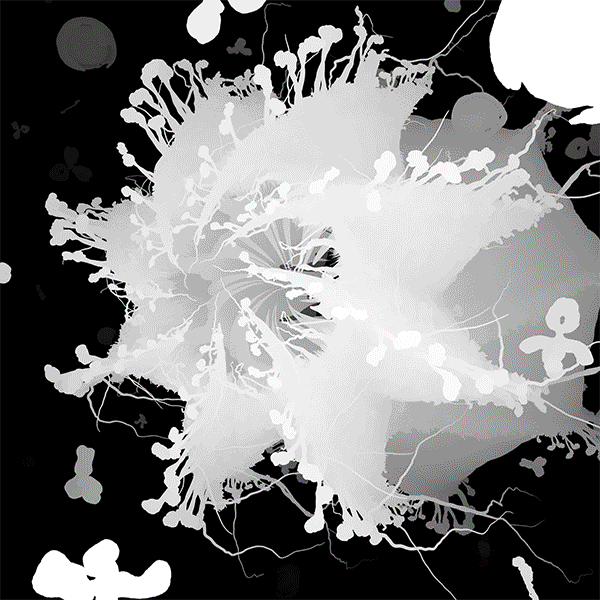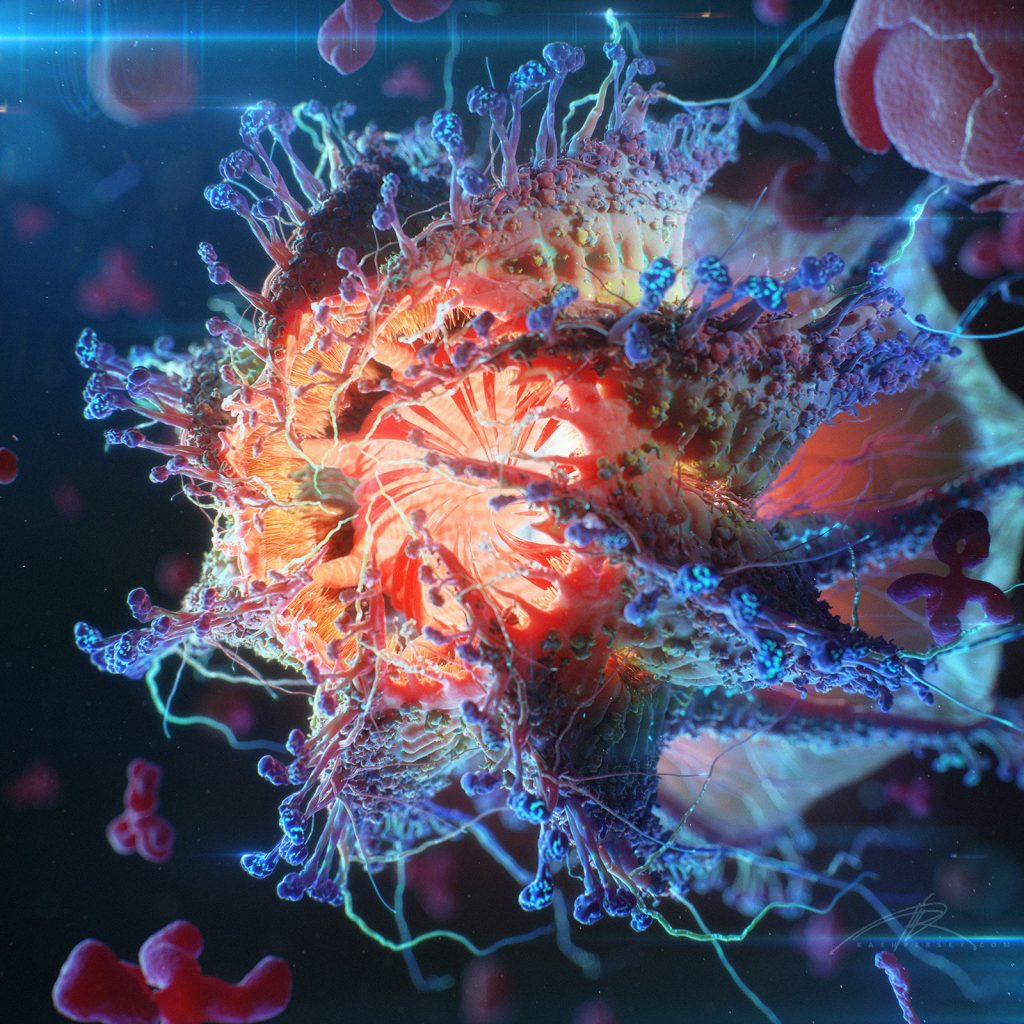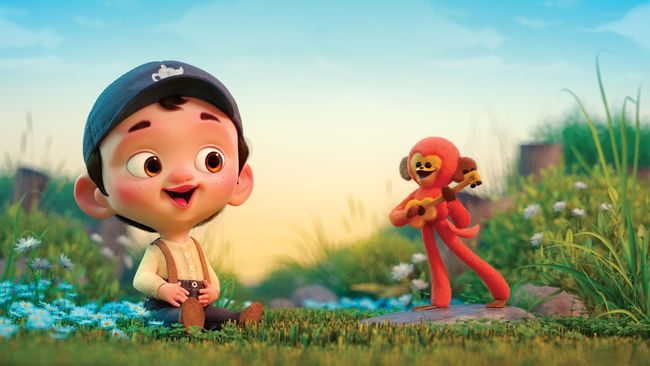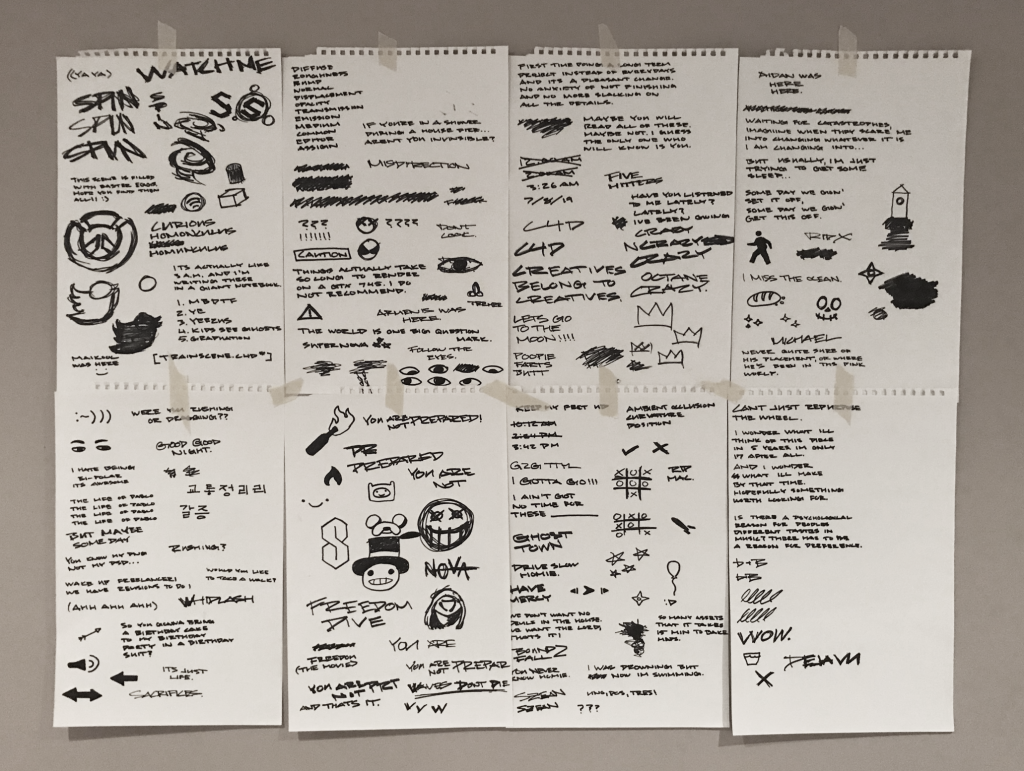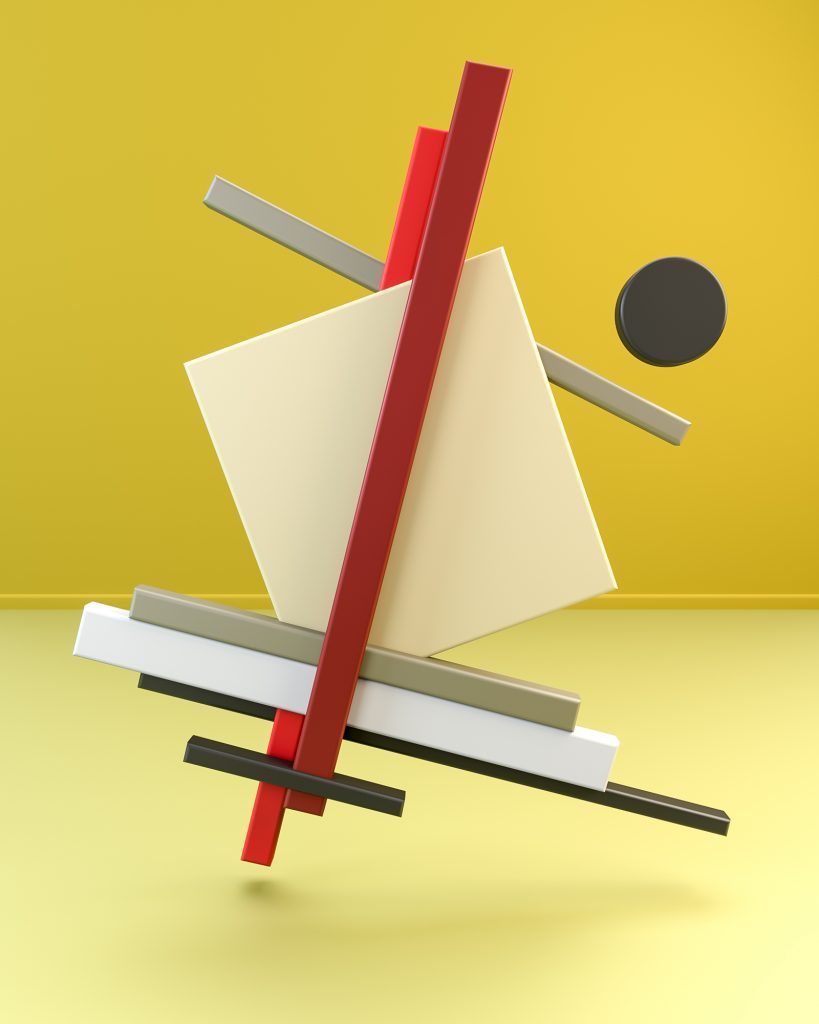“Inside Me” is a project by Dmitry Zakharov. It is based on a 3D scan technique that allows to reproduce a body image as a 3D object in a software. The artist himself scanned his own body. This piece of art is 3D computer generated and it reflects the invisible inner world of an individual. The artist was inspired by the idea of digitizing a body, hence the creation and deformation of its computer generated self, and the output reflects the digital world we live in today. He also mentioned that we humans try to express ourselves, but nobody can see through our souls.
This specific project inspires me because this art piece is literally a piece of the artist. Incorporating technology and art into describing this masterpiece was brilliant as it describes physical appearances, but also goes deep into a human’s inner self.

If you want more information on this project, click on the link below!
![[OLD FALL 2019] 15-104 • Introduction to Computing for Creative Practice](../../../../wp-content/uploads/2020/08/stop-banner.png)
